Discover Australia’s Most Pristine Wilderness at Cradle Mountain
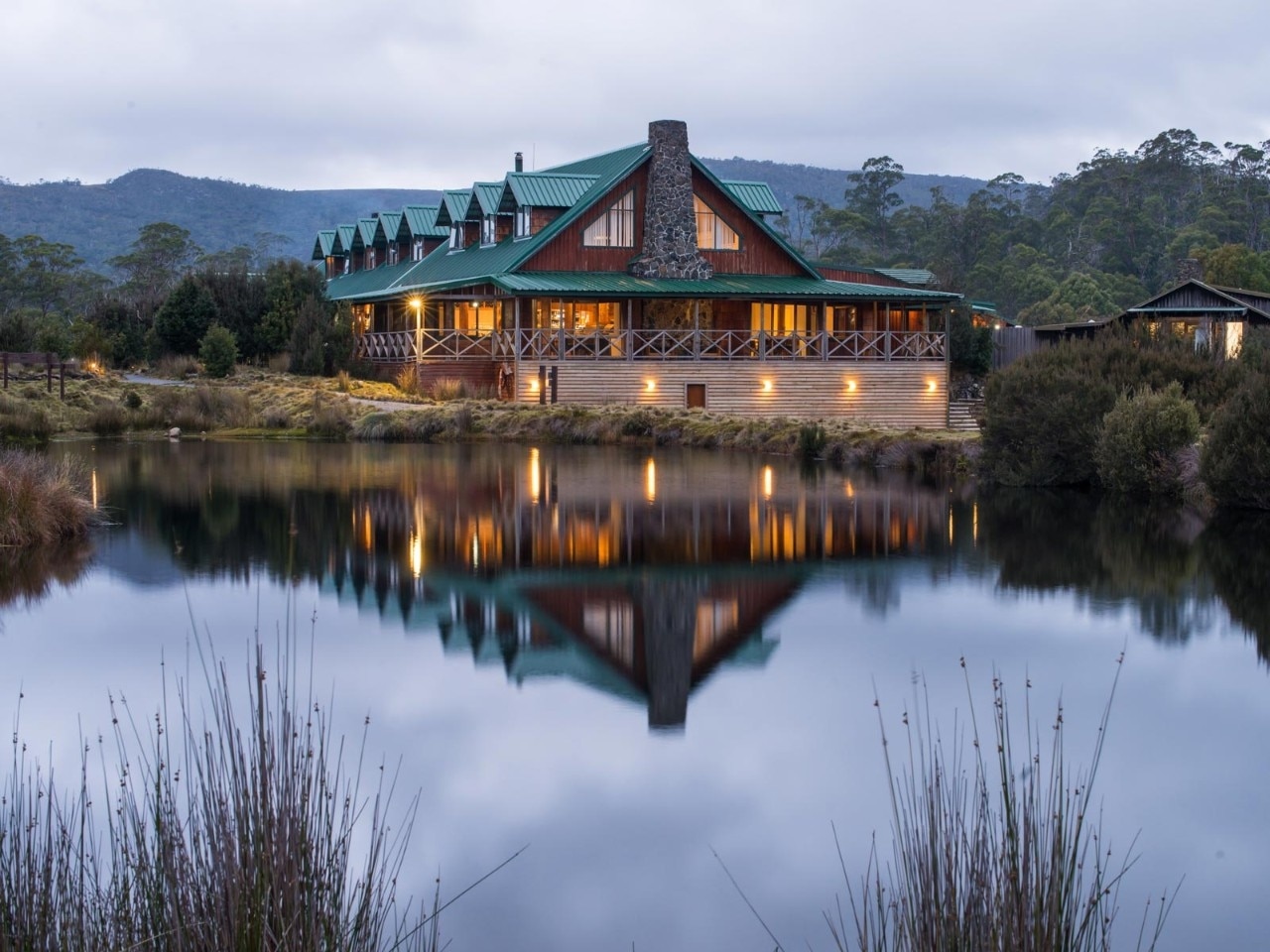
The famous peak in Tasmania’s wild west is as close to untouched nature as you’ll find in the world. You just have to brave the fickle weather.
Aside from the crunch of quartzite gravel underfoot and the occasional chitter of currawongs, it’s so quiet around Dove Lake – a landscape carved and shaped by ancient glaciers – that you can almost hear the trees breathe. Eucalypt and moss scent the cold air. To the north, the jagged peaks of Cradle Mountain rise more than 1500 metres above sea level, surrounded by moraines and cirques. Here and there, neon-bright pops of orange, green and blue lichen and fungi insert playful notes into a sombre palette of pea-soup greens, mustard yellows, powdery blues and rusty browns of tea-tree, conifer, beech and heath. Suddenly, the grey clouds scarper and sunbeams tumble down the slopes like gilded waterfalls.
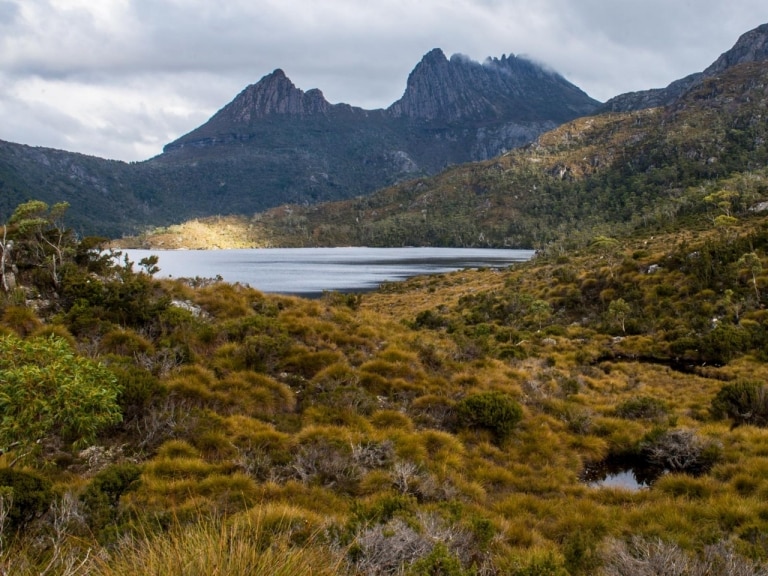
Then, from the distance, comes a fierce, whistling roar like that of a faraway battlefield. It’s the sound of huge amorphous clouds rushing and slamming against Cradle Mountain before dissolving into mist. Not a leaf stirs. The lake, which is by turns steely blue, tannin-stained brown and viridescent, is now a dark mirror, almost black, shivering with silver.
Cradle Mountain-Lake St Clair National Park, part of the Tasmanian Wilderness World Heritage Area, has many, often unpredictable, moods. At its wildest it blows up great snowy blizzards and at its mildest, it invites picnickers, kayakers and swimmers to its lakes. In autumn, the park is ablaze with the changing leaves of the fagus, Tasmania’s only deciduous tree; while spring opens a gift of wildflowers. The park’s beauty is intense, untamed and thrilling. As John, our Taswegian guide, puts it, “Cradle Mountain is as much of a wilderness as you can get anywhere in the world these days.”
The area is hopping with wildlife. Dove Lake teems with crayfish and brown trout – the only introduced fish species here – making it a popular spot for canoe fishing. Even the five-minute stroll from the main building at Peppers Cradle Mountain Lodge to the cabins yields sightings of wombats, possums, little pademelons and Bennett’s wallabies, with their black-tipped paws like bedroom slippers. Platypuses paddle in streams along the easy, 20-minute Enchanted Walk that begins next to the lodge. If you’re lucky, you may encounter a spotted-tailed quoll, the relatively rare cousin of the Tasmanian devil.
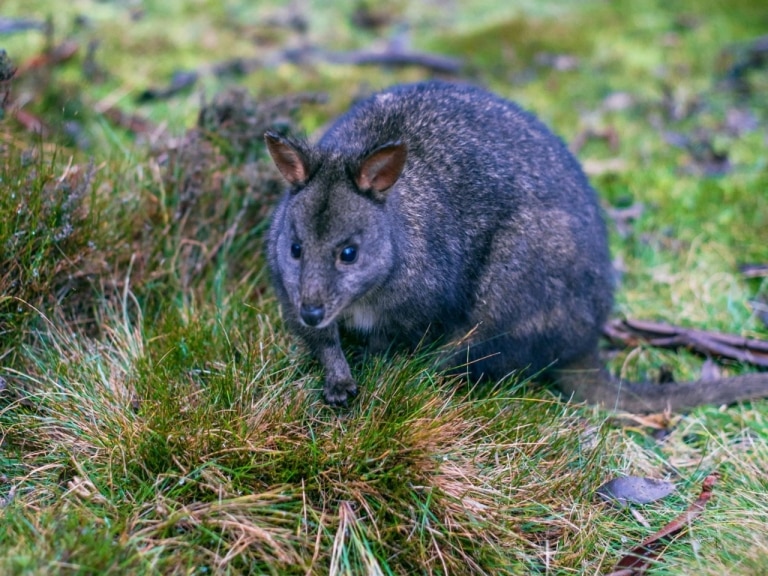
Aboriginal people have lived in Tasmania, the island they call Lutruwita, for tens of thousands of years. They came to Cradle Mountain to hunt and gather and look after the land. And they left their mark on it: the vast stretches of tussocky sedge known as button grass are the result of millennia of ritual burning.
Hundreds of millions of years ago, Tasmania was part of the ancient supercontinent of Gondwana. Many trees and plants here, like marsupials, date back to that time. These include: myrtle beech; the fagus, which also grows in South America and New Zealand; the celery top pine, which can live up to 800 years; and towering King Billy pines, cousins of the California redwoods, some more than 1000 years old. There are also pencil pines, which take the shape of a narrow Christmas tree when young, before exploding into wild, unruly and expansive shapes. Cold-loving eucalypts grow here, too, including snow gums; alpine yellow gums, with their mustard-coloured bark; and cider gums, which produce sweet, drinkable sap. The hardy, flowering pandani looks like a palm tree – a unique Tasmanian riposte to the sun-soaked climes of the mainland.
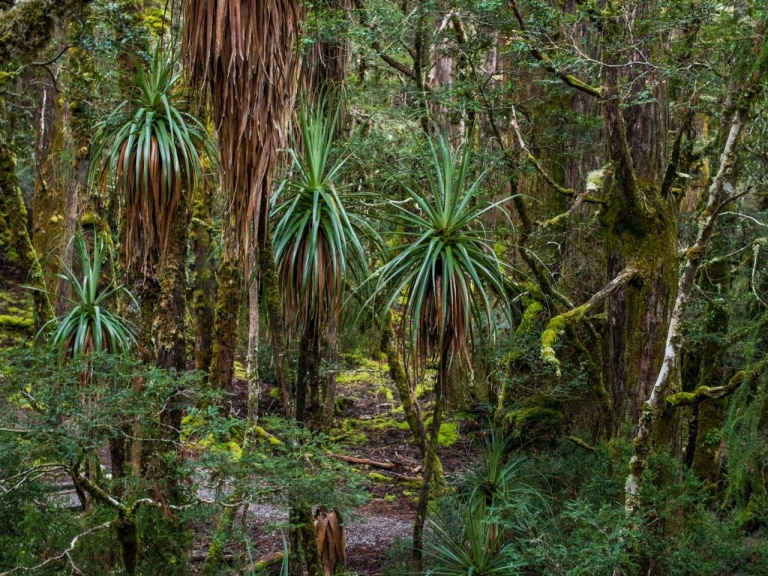
One myrtle beech hosts not just mosses and lichens but also a young King Billy pine and a pandani. It won’t end well for the beech but it’s a spectacular example of nature’s interconnectivity. Mosses and lichens are everywhere, knitting themselves around tree trunks and branches like fluffy jumpers. Old man’s beard turns trees into Santa conventions, while the pale coral lichen scattered across beds of green moss is like snow.
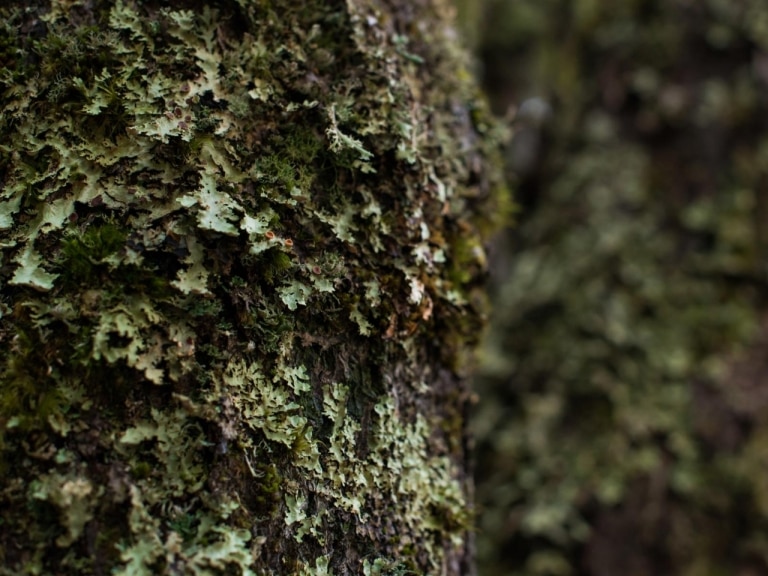
Among the sights of the Dove Lake walking track is what John describes as “the most photographed boatshed in Australia”. He probably said something else about it but everyone was too busy taking pictures to pay attention. There’s also a cool temperate rainforest called the Ballroom Forest because it has so little understorey, you could dance under the trees.
This pristine environment was not always as appreciated as it is today. No sooner had Europeans arrived in the early 19th century than they brutally drove out the Indigenous people and began logging, trapping, farming and prospecting. Cradle Mountain itself was saved from the quarryman’s sledgehammer because the dolerite of its peaks is too brittle for use in construction. It’s thanks to Austrian naturalist Gustav Weindorfer, his wife, Kate, and their supporters that the area was declared a scenic reserve and wildlife sanctuary in 1922.
You can visit the Weindorfers’ reconstructed chalet home, Waldheim. Nearby, hikers kitted out for serious trekking set off for a six-day trip on the 65-kilometre Overland Track, the most rigorous of the park’s many trails (the easiest takes only 10 minutes).
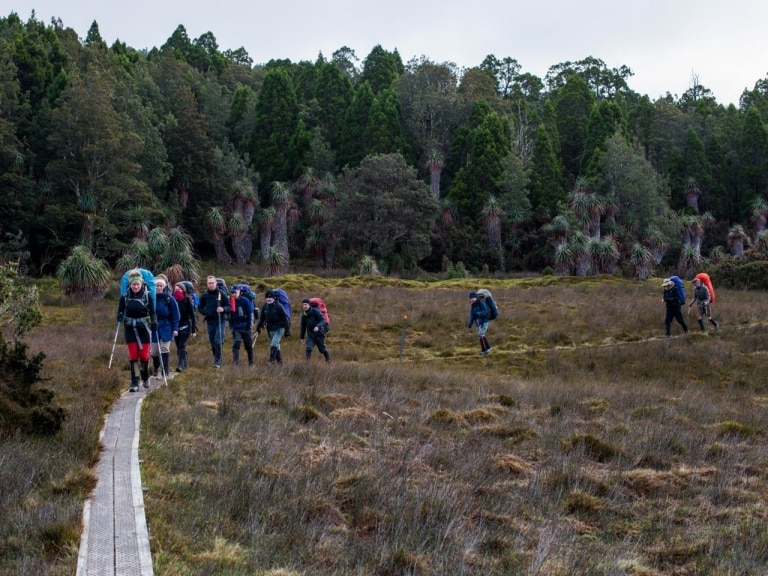
These days, it’s a two-hour drive to Cradle Mountain from Launceston. At the time Gustav built Waldheim, which was intended to be a wilderness resort, the closest a horse and cart could get to the lodge was 14 kilometres. He lugged the bathtub that entire distance and installed it in a bathhouse, though it was years before they got a water heater. It’s said that in the early days, his guests, unable to face bathing in the freezing creek water, would make splashing noises, cry out, “It’s so exhilarating!’ and emerge unwashed.
When the sun sinks, guests head back to Peppers and its welcoming fireplaces. The lodge’s signature cheese-and-wine tasting in the wine cellar is an excellent precursor to dinner at the Highland Restaurant – with a starter of braised wallaby, if that’s your thing. Or, inspired by the story of Waldheim, you could retire to your cabin and run a piping-hot spa bath: no fake splashing necessary. 
SEE ALSO: Adelaide is Leading Australia's Restaurant Revolution


